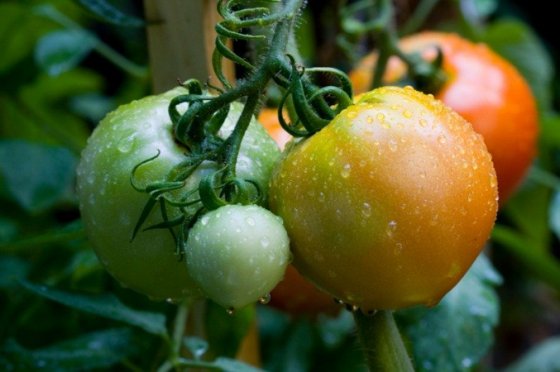We all have our favourite veggies, and what we like to eat can largely influence which seeds we plant in our garden. But, in order to keep that vegetable patch healthy, it’s important to rotate your crops.
Consecutively planting a crop in the same spot may be easier to do, but it’s not a sustainable practice. Different vegetables require different nutrients, so if you try planting potatoes in the same area two years in a row, the soil won’t be able to nourish the crop as well in the second year.
Crop rotation involves changing the planting location of vegetables within the garden each season. It is used to reduce damage from insects and pests, limit the development of vegetable diseases, and maintain soil fertility.
To ensure you get the most out of your vegetables, here’s a list of plant families and what they need to thrive.

Family: Carrot Family
Members: Carrot, Celery, Parsley, Parsnip, Cilantro
Details: These root crops break up the soil, which is great news for legumes. They like the loose soil texture, so plant beans or peas after carrots or celery. Carrot family members are light to medium feeders and aren’t too picky about where they go.

Family: Pea Family
Members: Bush Bean, Kidney Bean, Lima Bean, Pea, Pole Bean, Soybean
Details: Vegetables from the pea family add nitrogen to the soil, so it’s best to plant nitrogen-loving leafy crops, like broccoli or kale, afterwards.

Family: Nightshade Family
Members: Eggplant, Pepper, Potato, Tomato
Details: These vegetables are heavy feeders and require enriched soil. It’s not uncommon for them to be affected by the same diseases. Never follow tomatoes after potatoes because late blight can overwinter in potatoes and infect the soil. Instead, follow these crops with something from the pea family.

Family: Gourd Family
Members: Cucumber, Pumpkin, Summer Squash, Watermelon, Winter Squash
Details: These crops are heavy feeders that require rich soil. They are also less susceptible to diseases and can go pretty much anywhere (as long as the soil is fertile).

Family: Mustard Family
Members: Broccoli, Brussels Sprout, Cabbage, Cauliflower, Kale, Radish, Turnip
Details: These leafy vegetables thrive on nitrogen-rich soil. They are also heavy feeders, and if you have the space it is a good idea to let the garden go fallow for a season after these veggies are harvested.

Family: Lettuce Family
Members: Endive, Lettuce, Artichoke
Details: Another heavy feeder. Lettuce family crops should be followed by light feeders like carrots or beans.
For crop rotation to be most effective, don’t plant an area with vegetables from the same plant family more than once every three to four years.
Visit our blog regularly for more gardening tips and tricks. And, be sure to order your topsoil, mulch, compost, sand or stone from Less Mess. We deliver one cubic yard of premium product directly to your home so you don’t have to spend any time hauling messy bags from the nursery to your home. Expect less mess and more results when you team up with us!




